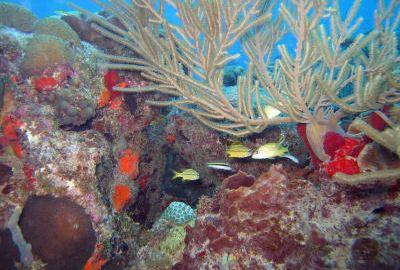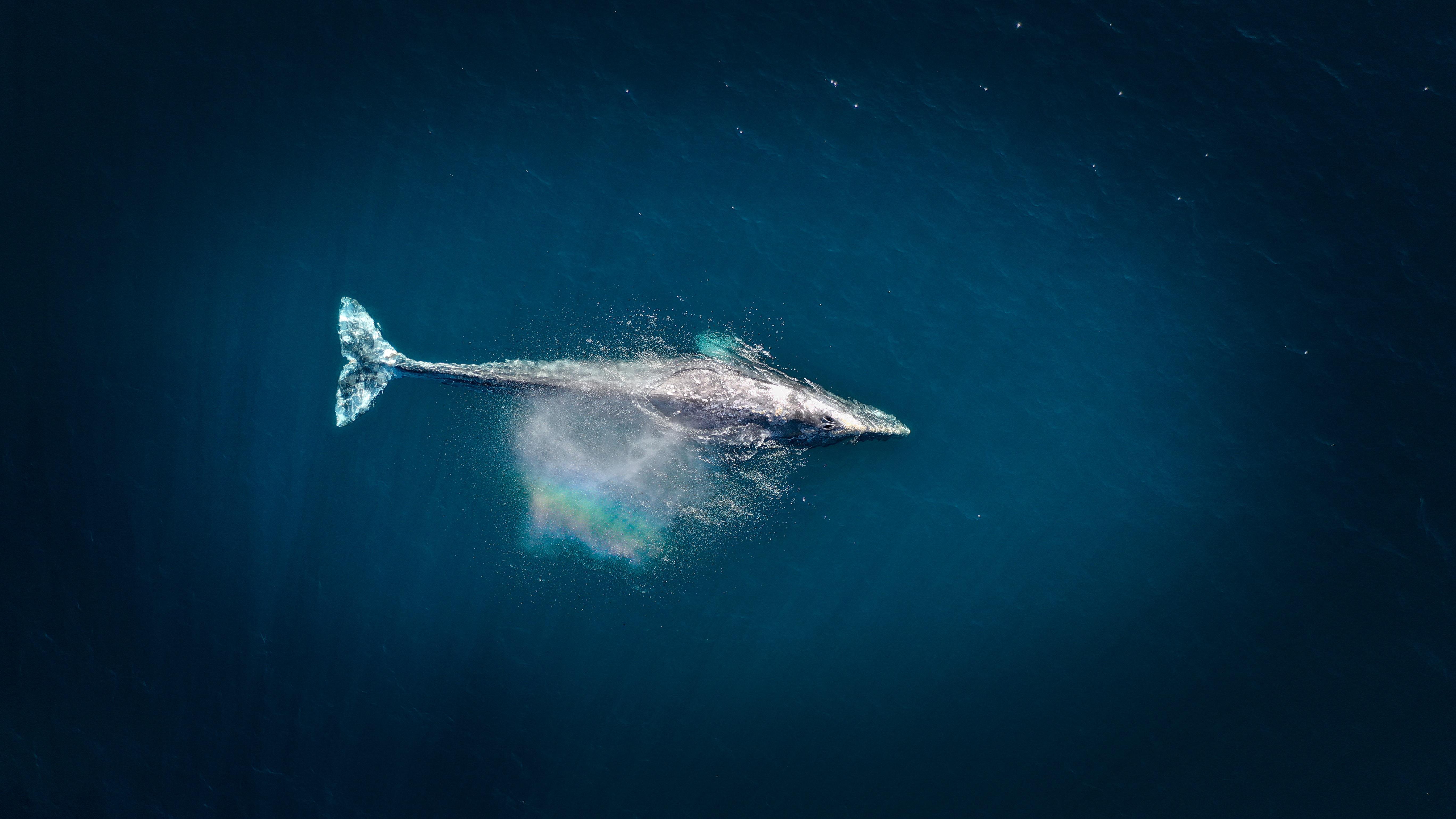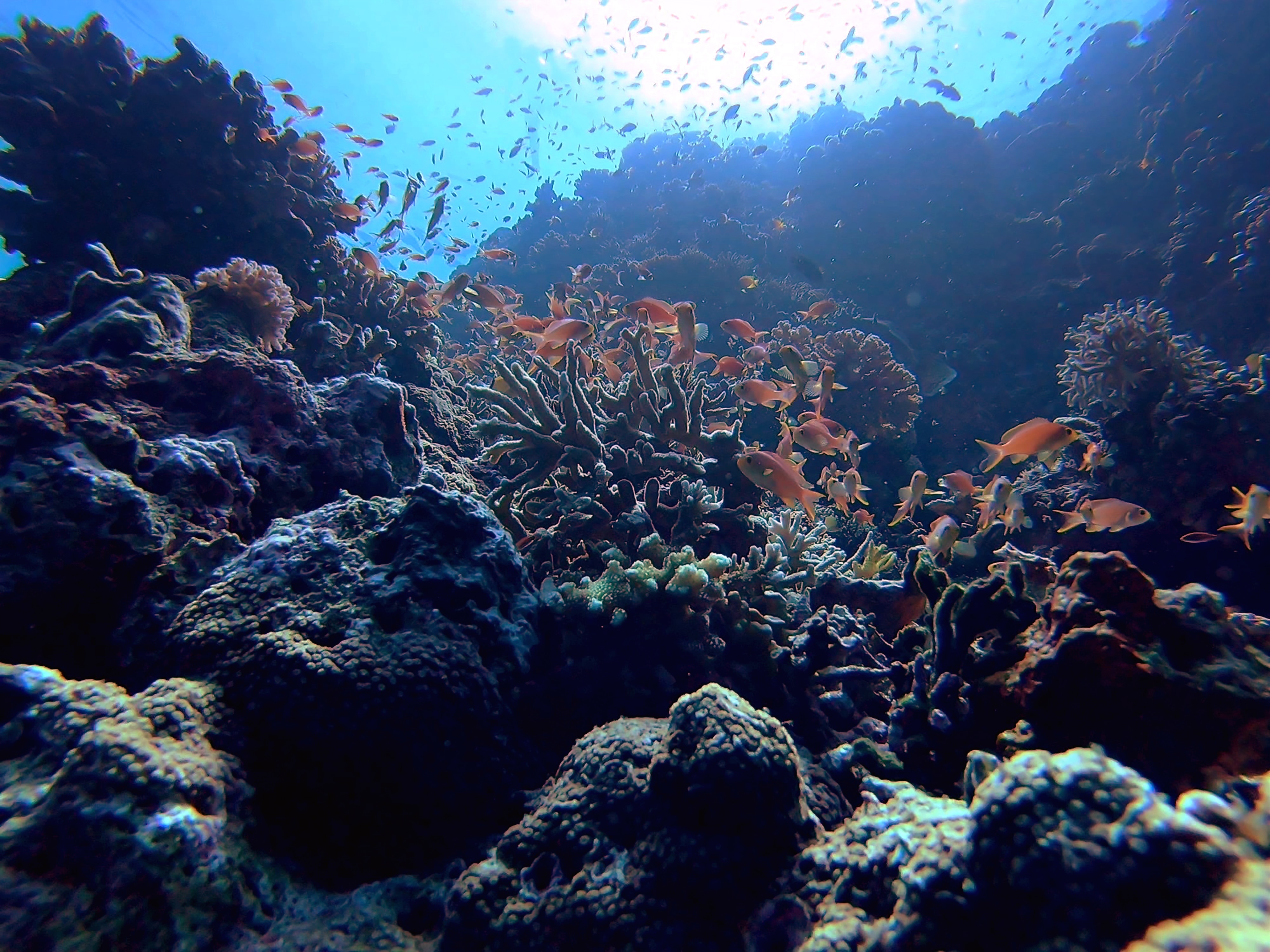Corals Come Back To Life In Marine Protected Areas

The world’s coral reefs – which have been around for about 50,000 years – represent a critical treasure trove not only of Earth’s precious remaining biodiversity, but also of potential undiscovered medical solutions hidden in nature’s cloth. But agricultural runoff and climate change are taking a heavy toll: our coral reefs are bleaching and dying, and could vanish entirely by 2110 or sooner.
Vincent Pieribone, assistant professor of neurobiology at Yale School of Medicine, recently told Big Think that in his lifetime – from childhood recreational ocean dives in the Florida Keys to recent research dives in Australia – he has literally watched the world’s coral reefs disappear. “They’re getting destroyed faster than rainforests,” he said, “but no one really knows it because you don’t see them.”
But researchers at the University of North Carolina at Chapel Hill have some good news from the deep. In an analysis of 8,534 live coral cover surveys conducted all over the world between 1969 and 2006, two brainy Ph.Ds found that in marine protected areas (MPAs), where fishing and other disruptive activities are monitored and limited to protect ecosystems and marine life, coral die off patterns not only slow down but even actually go into reverse.
“We found that, on average, coral cover in protected areas remained constant, but declined on unprotected reefs,” said the study’s lead author.
Studying coral reefs, though, is apparently an exercise in delaying gratification. Results don’t show until long after protection efforts have been put into place in a particular area – as many as 14 years later, in fact, in one Caribbean study.
The wait is worth it. Once results start showing, and corals start getting the color back in their cheeks, they seem to do so heartily. According to the UNC researchers, coral cover in protected areas increased by 0.05 to 0.08 percent between 2004 and 2005, but decreased in unprotected areas by 0.41 to 0.43 percent. The study’s authors – no surprise here – believe that their findings should encourage the establishment of more MPAs around the world, before it’s too late.





